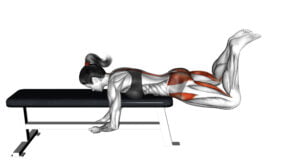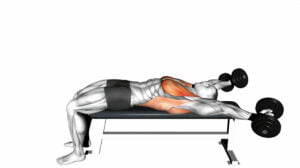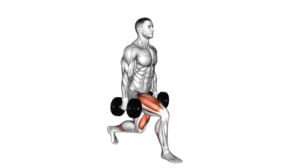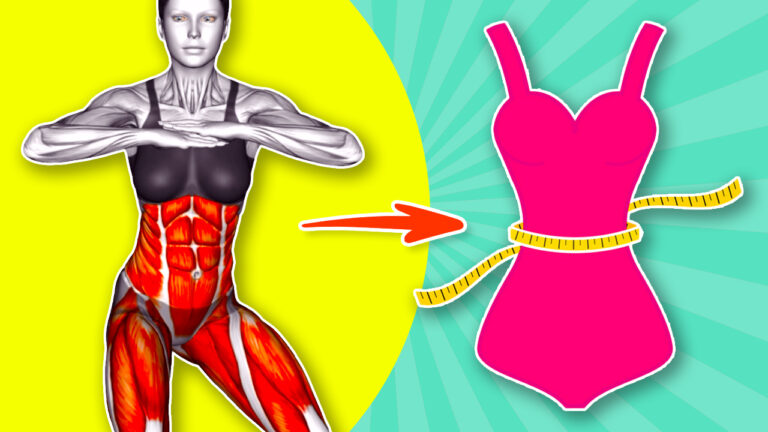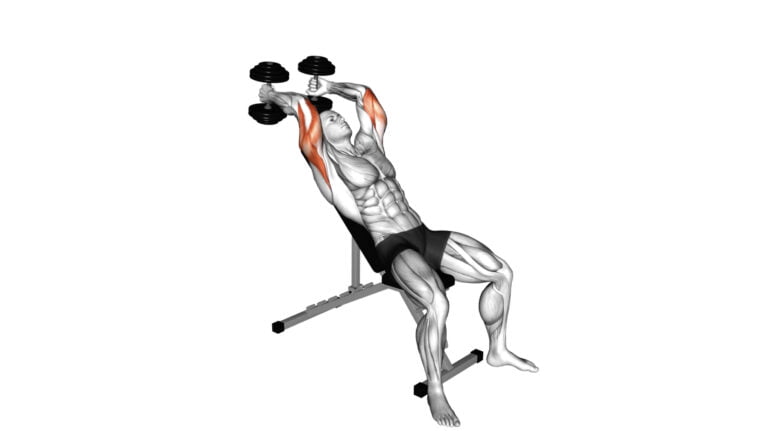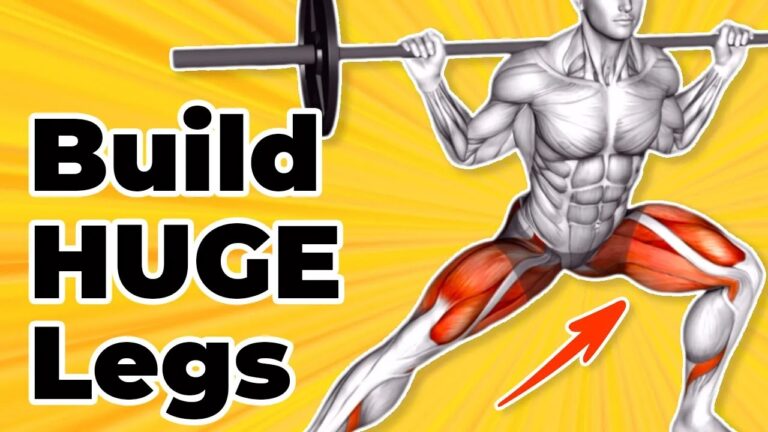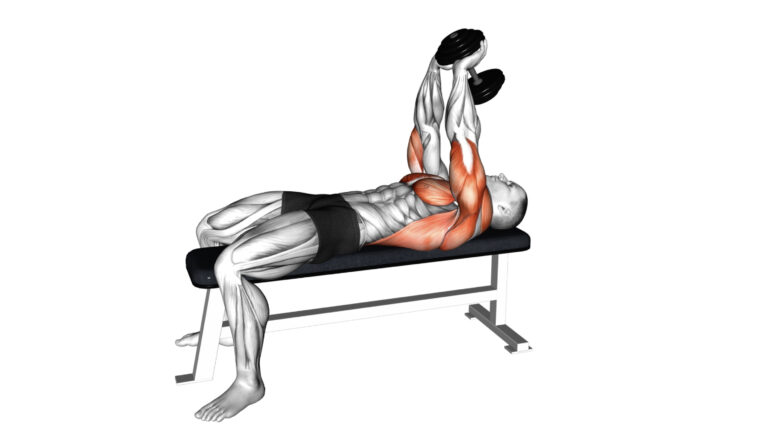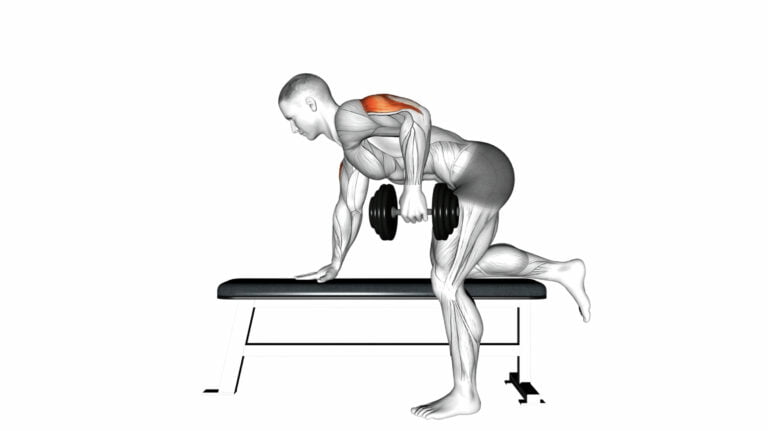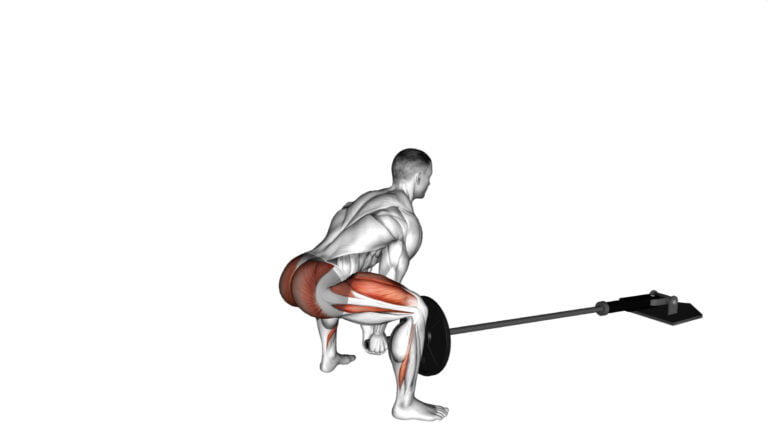10 Gym Bench Exercises To Sculpt And Strengthen Your Body
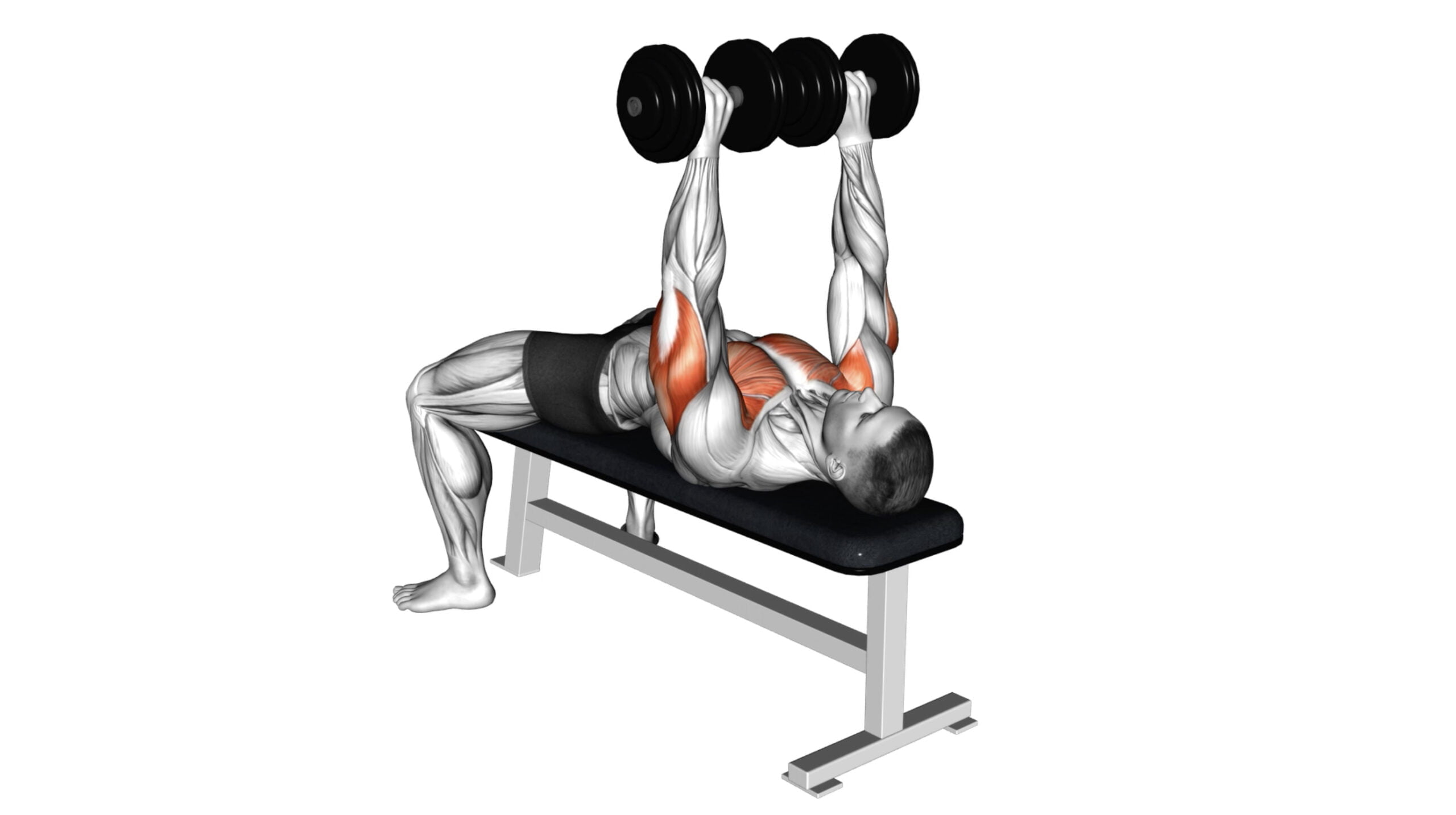
Gone are the days when a gym bench was seen as just a prop for the bench press. As a seasoned fitness trainer, I can assure you that this versatile piece of equipment is a game-changer in sculpting and strengthening your body effectively.
With my extensive experience crafting workout regimens, I’ve witnessed first-hand how gym bench exercises can revolutionize training sessions by adapting to various skill levels and targeting multiple muscle groups.
Unlocking the full potential of your workouts begins here with these top 10 gym bench exercises. Each movement is designed to maximize engagement across key areas of your physique, providing an all-encompassing approach to fitness that goes beyond basic lifts.
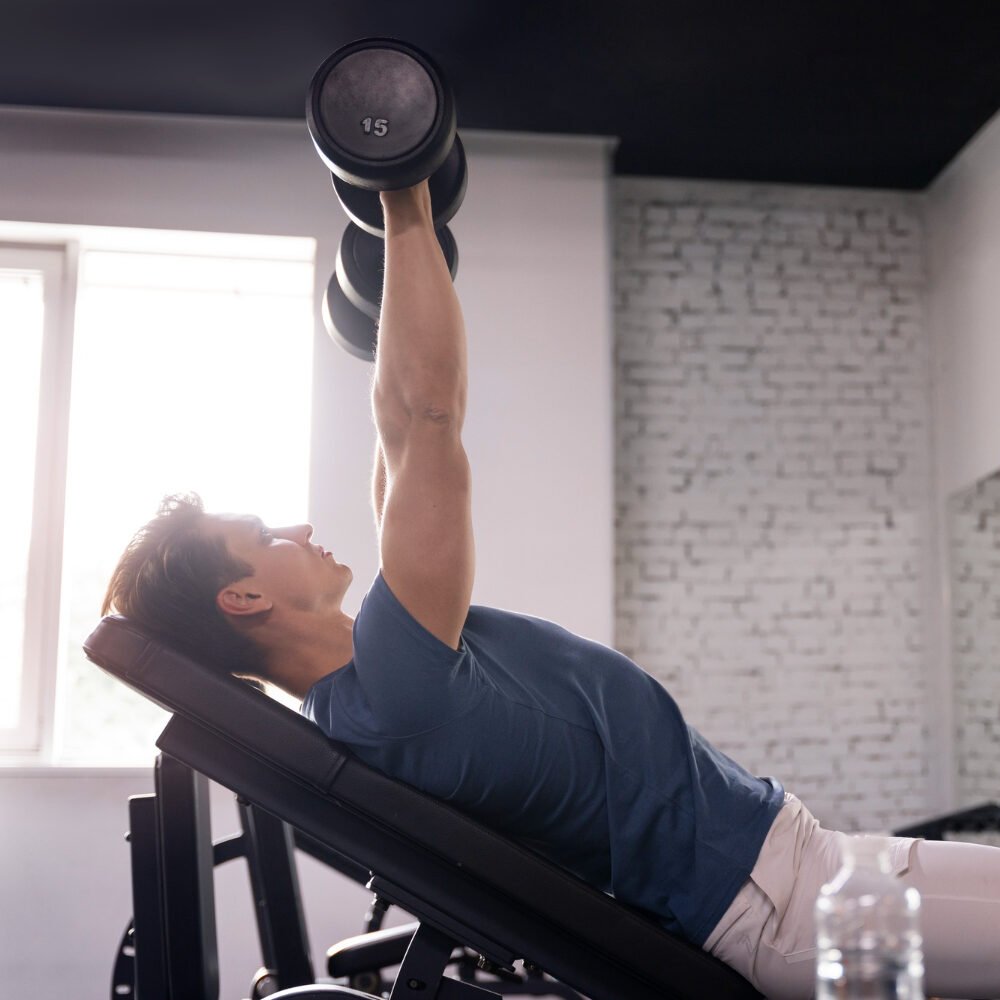
Dive into this curated list and discover how dynamic each session can be while using just one fundamental tool – the gym bench. Ready for transformation? Let’s get started!
Key Takeaways
- Gym bench exercises provide a full – body workout that enhances flexibility, targets specific muscles, and offers variety, making them highly effective for strength and sculpting.
- Mixing dumbbell and barbell exercises on the bench can engage different muscle groups like chest, triceps, biceps, legs, and core for balanced upper and lower body strengthening.
- Proper form is crucial in each gym bench exercise to maximize benefits; gradually increasing weights as you progress promotes muscle growth and overall fitness improvements.
- Alternating movements like the dumbbell single – arm alternate decline press help improve muscular balance and coordination while building upper body strength.
- A gym bench isn’t just for pressing; it’s a versatile tool that supports a range of exercises including squats, hyperextensions, rows, curls, step-ups – all contributing to a comprehensive workout regimen.
Benefits of Using a Gym Bench for Workouts
Using a gym bench for workouts offers increased range of motion, targeted muscle engagement, and versatility in exercises. This allows for a more effective and efficient workout that can help sculpt and strengthen the entire body.
Increased range of motion
Working out on a gym bench is not just about lifting weights; it’s a path to greater flexibility. The adjustable angles of the bench allow you to stretch and contract muscles through a wider arc than what’s possible on flat ground.
This increased range of motion is key for building strength and enhancing muscle development.
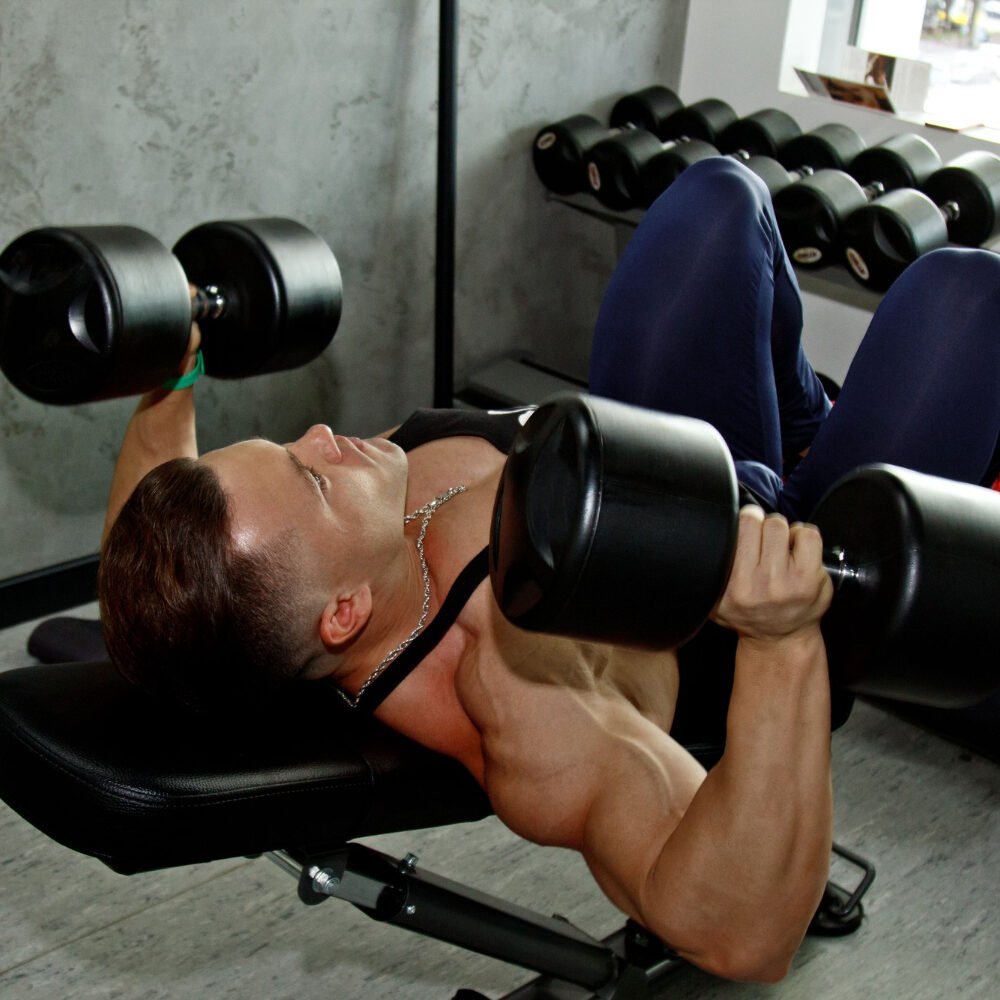
Exercises like the dumbbell fly and incline press engage different parts of your pectoral muscles, while skull crushers and preacher curls give your triceps and biceps that extra stretch.
With each rep, you’re not only pushing against resistance but also challenging your body to move through its full potential space, encouraging joints like elbows, shoulders, hips, and knees to maintain or even improve their flexibility.
Targeted muscle engagement
With a weight bench under you, precision strikes in your workout become second nature. Target the chest muscles like pectoralis major with pinpoint accuracy on dumbbell bench presses, squeezing at the top to engage every fiber.
Hone in on those lats during barbell squats by maintaining a controlled descent and explosive rise; this not only activates the target muscle but builds foundational strength.
The gym bench invites diversity for lower body sculpting as well – position yourself for Bulgarian split squats and witness glutes and hamstrings rising to the challenge. Embrace exercises that isolate specific areas such as tricep dips or bicep curls for arms that command attention.
Next up: versatility takes center stage with how these simple benches unlock a variety of movements to enhance your routine.
Versatility in exercises
Targeted muscle engagement allows you to focus on specific areas, and the adaptable nature of gym bench workouts amplifies this benefit. A gym bench offers a stable platform that can support a variety of positions, whether you’re targeting your lower back with hyperextensions or sculpting your biceps with concentration curls.
You can switch from chest flyes that carve out defined pecs to step-ups that build powerful quads – all using the same bench.
These benches are not just for traditional weightlifting; they open up a world where exercises like bicycle crunches for chiseled abs and tricep dips for robust upper arms become part of your routine.
Use an incline setting during dumbbell presses to engage the upper chest, or flip over for renegade rows that work both core stability and back strength. With such versatile tools at your disposal, achieving full-body conditioning has never been more exciting or accessible.
Top 10 Gym Bench Exercises for Full Body Strengthening and Sculpting
Get ready to sculpt and strengthen your body with these effective gym bench exercises. From dumbbell presses to barbell squats, these versatile moves will target multiple muscle groups for a full-body workout.
1. Dumbbell Palms-In Incline Bench Press
Position yourself on an incline bench with a dumbbell in each hand, palms facing inward. Extend your arms straight up, then lower the dumbbells to chest level while keeping your palms facing inward.
Push the weights back up, maintaining control throughout the movement for targeted engagement of the upper chest and triceps.
When performing the dumbbell palms-in incline bench press, focus on steady breathing and proper form to maximize muscle contraction. Gradually increase the weight as you build strength and aim for 3 sets of 8-12 repetitions to sculpt and strengthen your upper body effectively.
2. Dumbbell Single Arm Alternate Decline Bench Press
The dumbbell single arm alternate decline bench press targets the chest muscles and helps improve stability. It also engages the core for balance and control. Start by lying on a decline bench, holding a dumbbell in each hand at chest level.
Then, press one dumbbell up while lowering the other one to your chest. Alternate between arms for a challenging and effective upper body workout.
This exercise is excellent for building strength and muscle definition in the chest, shoulders, and triceps while also engaging the core for stability. Incorporate this move into your routine to enhance overall upper body strength and sculpted muscles.
3. Dumbbell Hammer Grip Incline Bench Two Arm Row
How to perform the Dumbbell Hammer Grip Incline Bench Two Arm Row exercise? Position yourself face down on an incline bench set at a 45-degree angle. Grasp a dumbbell in each hand using a neutral (hammer) grip. Keep your arms fully extended and initiate the movement by retracting your shoulder blades together, then pull the dumbbells up towards your hips.
Ensure to keep your elbows close to your body throughout the movement. Lower the dumbbells back down under control and repeat for the desired number of reps. This exercise primarily targets the lats, rhomboids, and biceps.
Maintain a stable core and avoid excessive arching or swinging of the torso during this exercise to ensure proper engagement of the targeted muscles. Gradually increase weights as you progress to maximize strength gains.
4. Dumbbell Squeeze Bench Press
The dumbbell squeeze bench press is a great exercise for targeting the chest muscles. To perform this move, lie on a flat bench with a dumbbell in each hand. Start with your arms extended above your chest and palms facing each other.
As you lower the weights towards your chest, actively squeeze them together until they touch. Then, push the dumbbells back up to the starting position while maintaining the squeeze.
This exercise not only engages your pectoral muscles but also activates the triceps and shoulders. The squeezing action adds an extra challenge, promoting better muscle activation and contributing to overall upper body strength.
Incorporating dumbbell squeeze bench presses into your workout routine can help you achieve a more defined and sculpted chest while improving pressing power for various upper body movements.
5. Dumbbell Alternate Bench Press
Perform the dumbbell alternate bench press by lying on a flat bench with a dumbbell in each hand. Start with your arms extended over your chest, palms facing forward. Lower one arm toward the side of your chest while keeping the other arm fully extended.
Push the weight back up as you simultaneously lower the opposite arm. This exercise targets your chest, shoulders, and triceps, providing an effective way to build upper body strength and muscular endurance.
The alternating nature of this movement also engages stabilizing muscles, promoting balanced development across both sides of your body.
6. Dumbbell Reverse Hyperextension on Bench
How to perform the Dumbbell Reverse Hyperextension on Bench exercise? Position yourself facedown on a bench, ensuring that your hips are at the edge and your legs hanging freely. Hold a dumbbell between your feet, keeping them straight. Engage your core muscles as you lift your legs upward until they are parallel to the ground.
Lower them back down in a controlled manner, maintaining tension in the lower back and glutes throughout the movement.
This exercise effectively targets the glutes, hamstrings, and lower back while also engaging the core for stability. It helps improve overall posterior chain strength and can be a valuable addition to any lower body strengthening routine.
7. Dumbbell Standing One Arm Curl Over Incline Bench
To perform the Dumbbell Standing One Arm Curl Over Incline Bench exercise position the bench at a 45-degree incline. Grab a dumbbell in one hand and sit on the inclined bench with your feet firmly planted on the ground. Start with your arm fully extended, then curl the weight upwards towards your shoulder while keeping your upper arm stationary.
Lower the dumbbell back down to complete one rep. This exercise targets and isolates the bicep muscle for focused strengthening and sculpting.
Maintain control throughout the movement, engaging your core for stability. Perform 8-12 reps per set to maximize muscle engagement and growth. Gradually increase weights as you build strength and endurance over time, ensuring proper form is maintained to prevent injury.
8. Barbell Bench Squat
9. Barbell Bench Lateral Step-up
How to perform the Barbell Bench Lateral Step-up exercise? Position a bench sideways to the barbell, ensuring that it is stable. Place one foot on the bench, then push up through the heel to lift your body up, bringing the other foot onto the bench beside it.
Lower yourself back down under control and repeat for desired reps before switching sides.
Incorporate this exercise into your routine to enhance lower body strength, stability, and balance. By engaging various muscle groups such as quadriceps, hamstrings, glutes, and calves simultaneously, you can achieve an effective full-body workout while also improving coordination and functional movement patterns.
10. Barbell Front Bench Squat
The barbell front bench squat is a compound exercise that targets multiple muscle groups simultaneously. To perform this exercise, position the barbell on the front of your shoulders with your elbows pointing forward and chest up.
Keeping your back straight, lower yourself into a squat position until your thighs are parallel to the ground, then return to standing position by driving through your heels. This exercise primarily works the quadriceps, glutes, hamstrings, and core muscles while also engaging the stabilizing muscles in the upper body.
It’s an effective way to build overall leg strength and improve functional movement patterns.
By incorporating the barbell front bench squat into your workout routine, you can develop lower body strength while also challenging your balance and coordination. The engagement of multiple muscle groups makes it an efficient way to maximize time spent at the gym and achieve comprehensive results for full-body strengthening.
Tips for a Highly Effective Bench Workout
When performing gym bench exercises, it’s crucial to maintain proper form, gradually increase weights, and mix up your routine with various exercises. Listening to your body and adjusting your workout accordingly can help prevent injury and ensure maximum effectiveness.
Proper form
Maintain proper form by keeping your feet grounded, back straight, and shoulders relaxed during bench exercises. Ensure that your grip on the weights is secure, aligning them with your chest and shoulders for controlled movements.
Engage core muscles to stabilize your body throughout each exercise, preventing unnecessary strain on the lower back.
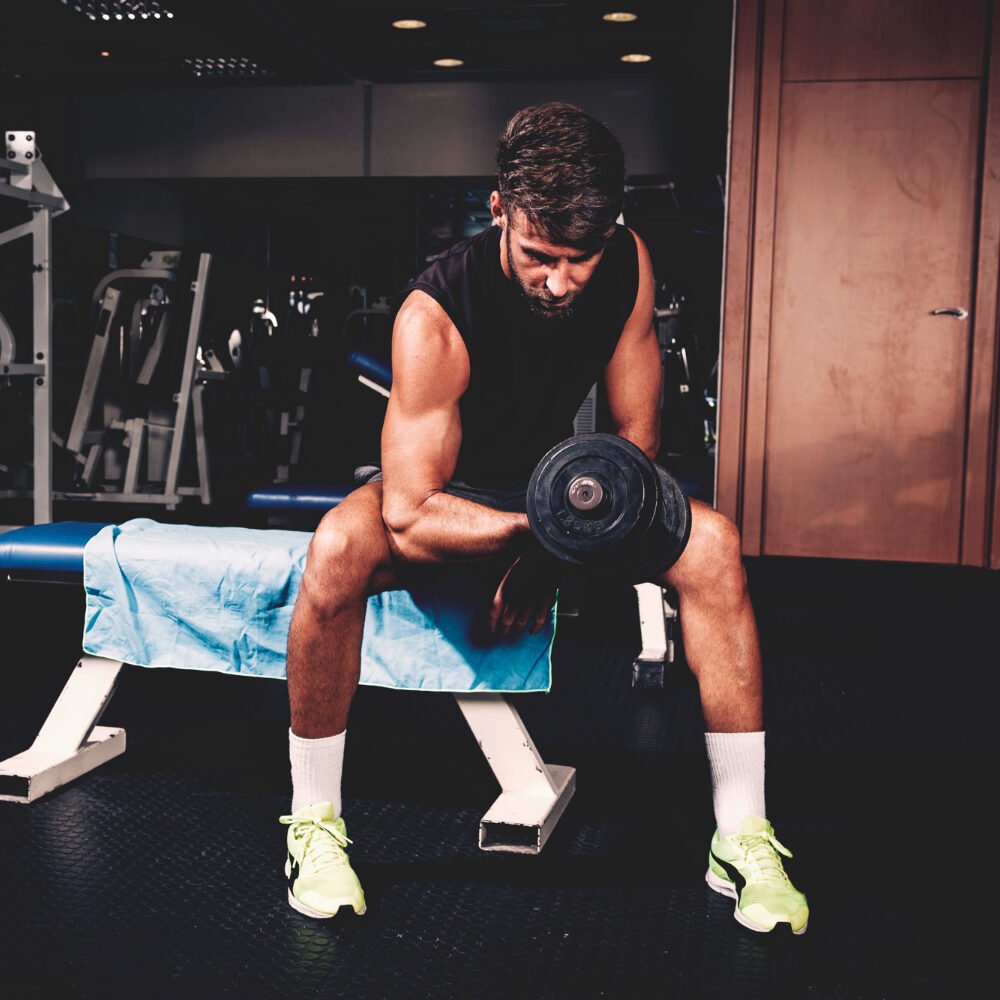
Remember to breathe consistently and avoid locking out joints at the top of each movement. Maintain a smooth pace, focusing on the muscle groups being targeted. Proper form not only maximizes results but also reduces the risk of injury, allowing you to make the most of every workout session.
Gradually increase weights
Gradually increase weights to challenge your muscles and progress in strength. Increase the weight load by small increments as your current weights become more manageable, helping you build muscle mass effectively.
Over time, aim to push yourself with heavier weights while maintaining proper form and technique. This progressive overload stimulates muscle growth and enhances overall strength. With consistent effort, you’ll notice significant improvements in your fitness levels and muscle definition.
As you gain confidence and capability, exploring new challenges will fuel continuous growth.
Mix up exercises
Mixing up exercises is essential to prevent plateaus and keep your body challenged. By incorporating a variety of movements, you engage different muscle groups and avoid overworking specific areas.
This approach also fosters overall strength development and helps reduce the risk of injury by promoting balanced muscle growth throughout your body. Moreover, mixing up exercises keeps workouts interesting and enjoyable, motivating you to stay consistent with your fitness routine.
To maximize the benefits of mixing up exercises, consider adding both compound and isolation movements into your gym bench workout routine. Incorporating diverse equipment such as dumbbells, barbells, and resistance bands can further enhance the effectiveness of your training regimen for optimal results.
Listen to your body
Pay attention to how your body feels during each exercise. If you experience pain or discomfort, it’s crucial to stop and reassess your form or the amount of weight you are using.
Your body provides valuable feedback, so be attuned to any signals of strain or overexertion. Adjust your workout intensity and technique based on what feels sustainable and safe for your muscles and joints.
Conclusion
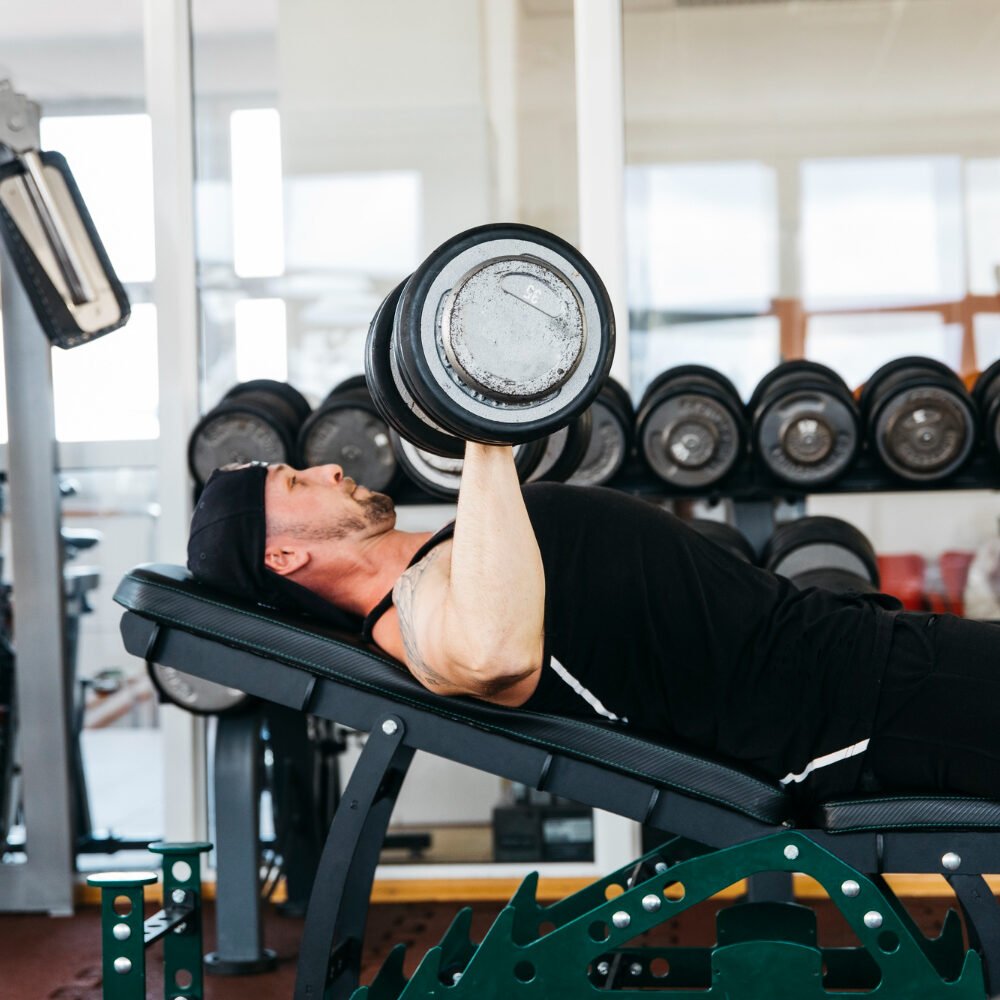
Incorporating these gym bench exercises into your routine can strengthen and sculpt your entire body. These exercises offer practical and efficient ways to target different muscle groups for optimal results.
By implementing these strategies, you can achieve significant improvements in both strength and aesthetics. Explore additional resources or services to further enhance your workout experience.
Remember, consistent effort and dedication will lead you towards achieving your fitness goals.
FAQs
1. What are the best gym bench exercises for building upper-body strength?
Strengthen your upper body with weight benches by performing bench pressing, barbell curls, and triceps dips. These target your biceps muscles, triceps brachii, anterior deltoids, and latissimus dorsi for overall hypertrophy.
2. Can I use a gym bench to work on my core musculature?
Absolutely! Use a weight-bench for abdominal exercises like sit-ups and leg raises that engage your serratus anterior, pelvis region, and the gluteus maximus to enhance core stability.
3. Are there any gym bench workouts that specifically target arm muscles?
Yes, focus on toning those arms with dumbbell curl variations such as hammer curls and preacher bench exercises designed to sculpt both bicep muscles and rear deltoids efficiently.
4. How can gym benches help in boosting my lower body strength?
Gym benches support effective lower-body workouts through step-ups and lying leg curls which challenge your adductors around the knee joint while squatting can amplify powerlifting benefits for increased physical conditioning.
5. Is it safe to perform back-exercises on a weight-bench without supervision?
While many back-strengthening moves like retraction rows can be safely executed on a weight-bench; always ensure proper form or seek guidance from certified trainers especially if you’re new to Olympic lifters’ routines like Oleksiy Torokhtiy’s deadlifting techniques or when using accessories like weightlifting belts.
6. What kind of equipment do I need for triceps-focused bench exercises?
Gear up with lightweight dumbbells or barbells to perform overhead extensions or lying tricep extensions on the gym bench; these isolate the triceps brachii muscle group effectively leading towards greater arm-wrestling prowess.

Author
Years ago, the spark of my life’s passion ignited in my mind the moment I stepped into the local gym for the first time. The inaugural bead of perspiration, the initial endeavor, the very first surge of endorphins, and a sense of pride that washed over me post-workout marked the beginning of my deep-seated interest in strength sports, fitness, and sports nutrition. This very curiosity blossomed rapidly into a profound fascination, propelling me to earn a Master’s degree in Physical Education from the Academy of Physical Education in Krakow, followed by a Sports Manager diploma from the Jagiellonian University. My journey of growth led me to gain more specialized qualifications, such as being a certified personal trainer with a focus on sports dietetics, a lifeguard, and an instructor for wellness and corrective gymnastics. Theoretical knowledge paired seamlessly with practical experience, reinforcing my belief that the transformation of individuals under my guidance was also a reflection of my personal growth. This belief holds true even today. Each day, I strive to push the boundaries and explore new realms. These realms gently elevate me to greater heights. The unique combination of passion for my field and the continuous quest for growth fuels my drive to break new ground.





